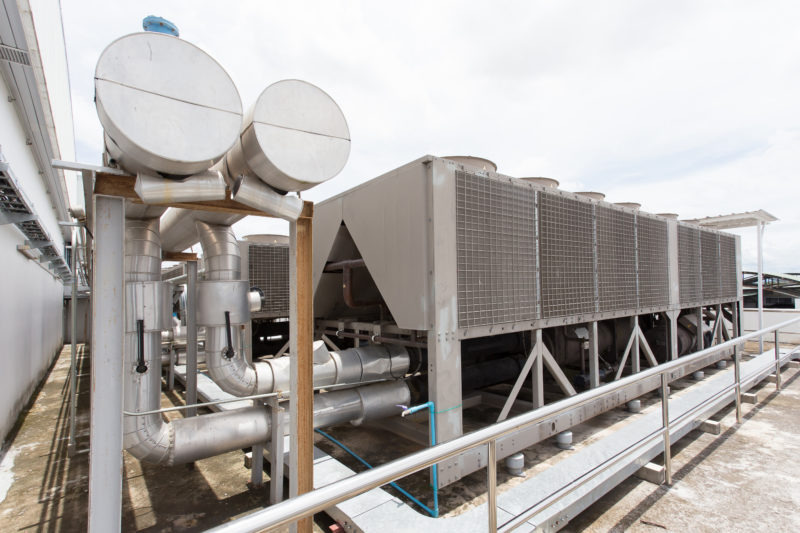When it comes to keeping businesses comfortable, Commercial HVAC (Heating, Ventilation, and Air Conditioning) systems play a crucial role. These systems are the unsung heroes behind the scenes, ensuring that offices, malls, and other commercial spaces maintain a pleasant environment for both customers and employees.
In this article, we’ll explore five popular types of Commercial HVAC systems and how they work to keep the indoor climate just right.
Split Systems: The Basics of Zoning
Split systems are the most common type of commercial hvac system. They consist of two main components: an indoor unit and an outdoor unit. The indoor unit contains the evaporator coil and the air handler, while the outdoor unit houses the compressor and condenser coil.
The system is called “split” because of the separation between the indoor and outdoor components. Split systems are ideal for zoning, allowing different areas of a building to be heated or cooled independently.
Packaged Systems: Compact Efficiency
Packaged systems are an all-in-one solution that houses all the necessary components in a single unit. These systems are typically installed on the roof or a concrete slab next to the building. They are favored for their space-saving design and are suitable for smaller commercial spaces.
Packaged systems include both heating and cooling elements, making them a versatile choice for various climates.
Variable Refrigerant Flow (VRF) Systems: Energy Efficiency in Action
VRF systems are known for their energy efficiency and precise temperature control. These systems use refrigerant as the heating and cooling medium, circulating it between the outdoor unit and multiple indoor units. VRF systems allow for individual control of each indoor unit, providing comfort to different zones simultaneously.
Their energy-efficient operation and flexibility make them a popular choice for large commercial spaces with varying heating and cooling needs, added Jacob Murphy Australia. Mr. Murphy is a certified HVAC technician and licensed civil pilot. He holds his OSHA 10-HR certification and HR unrestricted truck license. Mr. Murphy holds his Bachelor of Construction Management from the University of Newcastle in Australia and has a Trade Associates Degree—Electrician from the Hunter Institute of TAFE. He works for PM Pediatric Urgent Care and Pinnacle Fertility as the Director of Construction, Real Estate & Design.
Chilled Beams: Discreet and Efficient Cooling
Chilled beams are a unique and energy-efficient way to cool commercial spaces. These systems use convection and water circulation to cool a room. Chilled beams are often installed in the ceiling, where they release cooled air through natural convection.
They are known for their quiet operation and low maintenance requirements. Chilled beams are particularly popular in offices and conference rooms, providing efficient cooling without the need for noisy fans.
Ductless Mini-Split Systems: Flexible Comfort
Ductless mini-split systems offer flexibility in heating and cooling without the need for ductwork. These systems consist of an outdoor unit connected to one or more indoor units. The indoor units are installed directly in the spaces they serve.
Ductless mini-splits are perfect for retrofitting older buildings or adding climate control to specific areas. They are energy-efficient, easy to install, and provide individualized temperature control for different zones.
Regular maintenance and professional commercial HVAC services, including air conditioning repair when needed, ensure these systems continue to operate at their best, keeping businesses running smoothly and comfortably.
Conclusion
Choosing the right Commercial HVAC system is crucial for maintaining a comfortable and efficient work environment. Whether it’s a split system for zoning, a packaged system for simplicity, a VRF system for energy efficiency, chilled beams for discreet cooling, or ductless mini-splits for flexibility, each type has its advantages.
